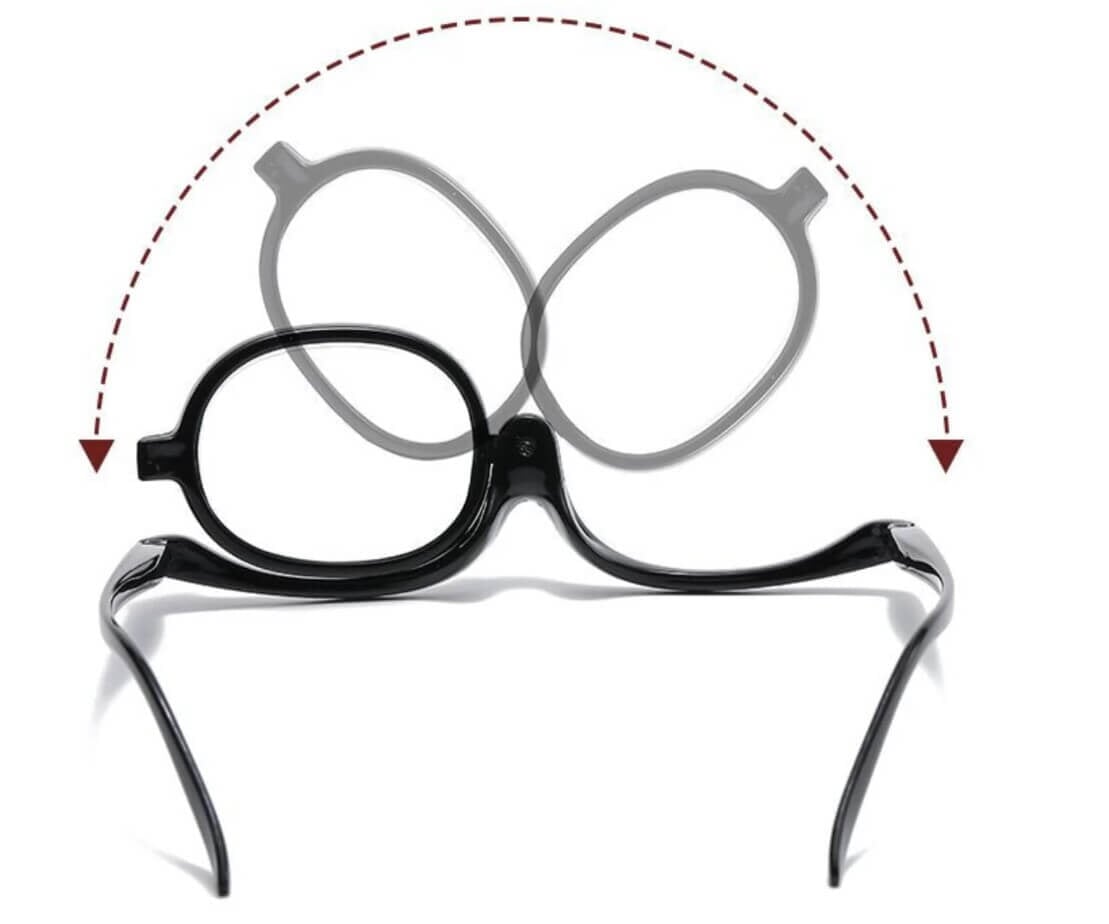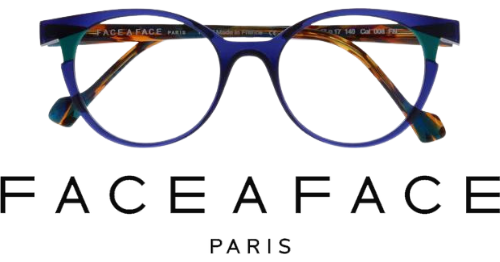Many of us who wear glasses often find ourselves wondering why these essential items come with such a hefty price tag. While it might seem like a pair of glasses shouldn’t cost as much as they do, there are several factors that contribute to their expense. Understanding these factors can help us appreciate the true value behind our spectacles.
The Craftsmanship and Technology Behind Glasses
- Quality Materials: High-quality glasses are made from durable, lightweight materials that ensure comfort and longevity. Frames crafted from titanium, acetate, or high-grade plastics are both resilient and stylish, but they also add to the cost.
- Advanced Lens Technology: The lenses in your glasses are not just pieces of glass or plastic. They often come with a range of advanced features, such as anti-reflective coatings, UV protection, and blue light filtering. Progressive lenses, which offer multiple focal points, and high-index lenses, which are thinner and lighter, also contribute to the price.
- Precision Crafting: Creating a pair of glasses requires precise measurements and expert craftsmanship. Each pair is custom-made to fit the wearer’s unique prescription and facial dimensions, ensuring optimal vision and comfort. This meticulous process involves skilled labour and sophisticated equipment.
The Role of Branding and Design
- Designer Frames: Just like with clothing and accessories, designer glasses frames from brands like Ray-Ban, Gucci, or Prada carry a premium due to their name and style. These brands invest heavily in design, marketing, and quality control, which adds to the overall cost.
- Innovative Designs: Many eyewear brands focus on innovative designs that combine functionality with fashion. These designs often involve significant research and development, which is reflected in the price.

The Hidden Costs of Eyewear
- Research and Development: Eyewear companies invest a lot in research and development to improve lens technology, frame durability, and overall user experience. These costs are passed on to consumers to ensure that they receive the best possible product.
- Regulatory Compliance: In the UK and many other countries, eyewear must meet stringent safety and health standards. Compliance with these regulations involves thorough testing and certification, adding to the cost.
- Retail Operations: Running an optical shop involves various overheads such as rent, salaries for skilled staff, and maintaining an inventory of a wide range of frames and lenses. These operational costs are factored into the price of the glasses.
The Value of Professional Services
- Eye Examinations: A comprehensive eye examination by a qualified optometrist is crucial for determining the correct prescription and ensuring eye health. The expertise and time of these professionals are valuable and contribute to the overall cost of your eyewear.
- Fitting and Adjustments: Properly fitting glasses require precise adjustments to ensure they sit comfortably and correctly on your face. This service, often provided at no extra charge, is part of what you pay for when purchasing glasses.
Conclusion
While the cost of glasses may seem high, it’s important to recognise the many factors that contribute to their price. From quality materials and advanced lens technology to expert craftsmanship and professional services, each element plays a role in ensuring that you receive a product that enhances your vision and suits your lifestyle.
If you’re in the market for new glasses, view our collection of glasses frames here to explore a variety of styles and options. Alternatively, call the Eyediology team to arrange an eyewear consultation or eye examination. Investing in your vision is investing in your overall well-being, and the right pair of glasses is worth every penny.



























